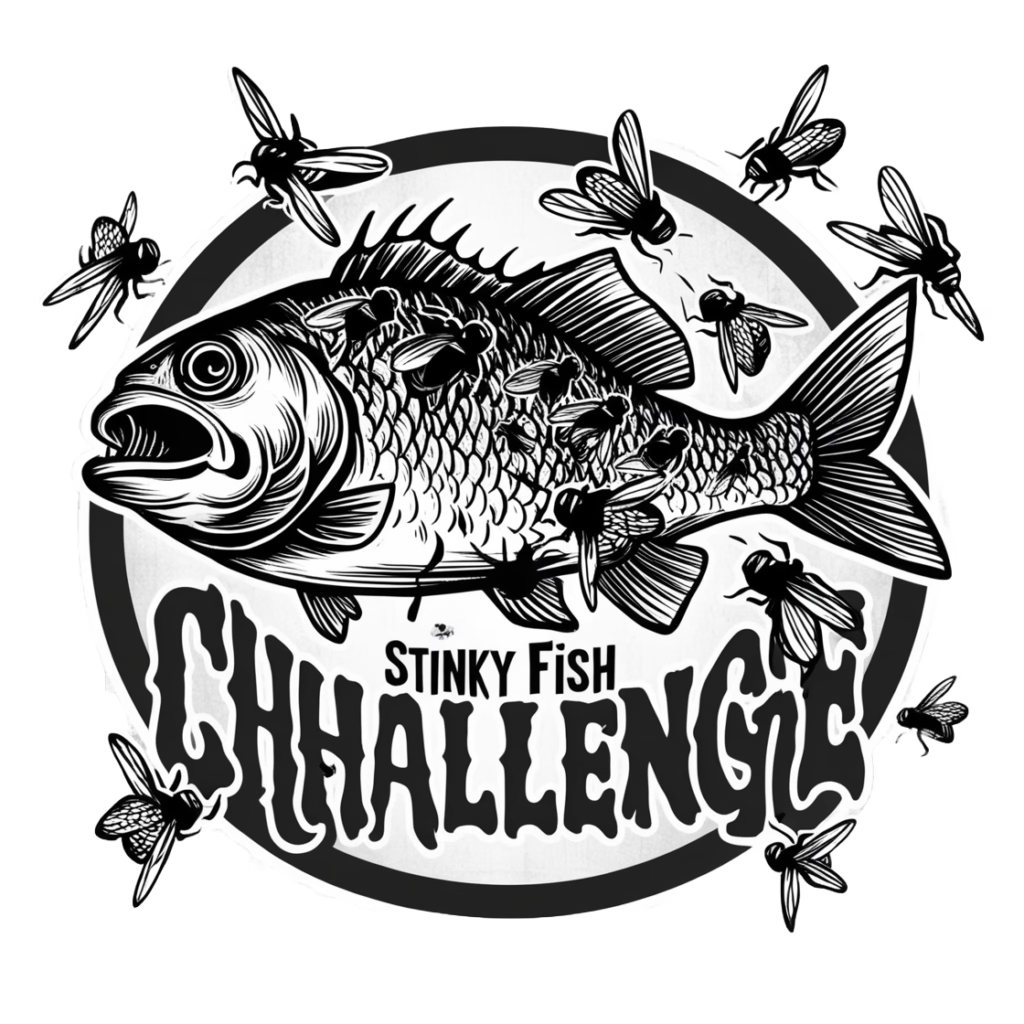Uncategorized
Why You Shouldn’t Dismiss Stinky Fish Videos on YouTube as Just a Gimmick
The Fascinating World of Stinky Fish on YouTube
If you’ve ever stumbled upon videos showcasing “stinky fish,” you may be intrigued or even repulsed. The term usually refers to a variety of culinary adventures involving fish that are either notoriously pungent or are served in unique and sometimes bizarre ways. In this blog post, we will explore the phenomenon of stinky fish on YouTube, diving into its cultural significance, the reactions it provokes, and why it has garnered such a following.
What is Stinky Fish?
The Definition and Types
“Stinky fish” can refer to several types of fish that are known for their strong odors. One of the most infamous examples is Surströmming, a Swedish delicacy made from fermented herring that is often considered one of the smelliest foods in the world. Other examples include Natto, a Japanese fermented soy dish often served with fish, and Hákarl, an Icelandic fermented shark. Each of these dishes has a unique preparation process that contributes to their distinct smells.
The Appeal of Stinky Fish Videos
A Unique Culinary Experience
Videos featuring stinky fish often attract viewers for their shock value and curiosity. Many YouTube creators document their experiences trying these unique dishes, providing reactions that range from delight to disgust. Such content can be both entertaining and educational, as it not only showcases the food itself but also delves into the cultural practices surrounding it. You might find videos like those on YouTube that beautifully illustrate these experiences.
The Challenge Format
A popular trend within the stinky fish genre is the challenge format. Creators often dare themselves or others to taste stinky fish under unusual conditions, adding an element of suspense and humor. This has led to a plethora of challenge videos that encourage viewer engagement and participation.
The Cultural Significance of Stinky Fish
Culinary Traditions
Stinky fish often holds cultural significance in various regions. For instance, Surströmming has deep roots in Swedish culture, traditionally eaten on special occasions with specific accompaniments. Similarly, Hákarl is celebrated in Iceland, often enjoyed during festivals or gatherings. Videos that highlight these cultural contexts can provide valuable insights into the global diversity of culinary practices.
Social Media and Stinky Fish
The advent of social media has allowed stinky fish to carve out a niche within the broader food community. The visibility of such videos has sparked discussions about food preferences, cultural acceptance, and the boundaries of culinary experimentation. This growing interest is evidenced by numerous channels dedicated solely to tasting and reviewing these pungent delicacies.
Viewer Reactions and Community Engagement
Mixed Emotions
Viewer reactions to stinky fish videos can be wildly varied. Some viewers revel in the adventurous spirit of trying new foods, while others express disgust. This dichotomy creates a dynamic atmosphere in the comments section, fostering discussions about personal experiences with similar foods.
Community Challenges
The community aspect of these videos is also significant. Many creators encourage their viewers to participate in challenges, share their own experiences, or even suggest new stinky foods to try. This engagement helps build a dedicated following and promotes a culture of culinary exploration.
Conclusion
The stinky fish phenomenon on YouTube represents a fascinating intersection of culture, food, and entertainment. As viewers flock to these videos for both the shock and the culinary education they provide, it’s clear that stinky fish is more than just a smelly dish—it’s a cultural experience that invites curiosity and conversation. Whether you’re a culinary adventurer or simply a viewer looking for a good laugh, exploring the realm of stinky fish on YouTube is an experience worth diving into. So why not check out some of these adventurous videos and perhaps even consider trying some stinky fish yourself?
